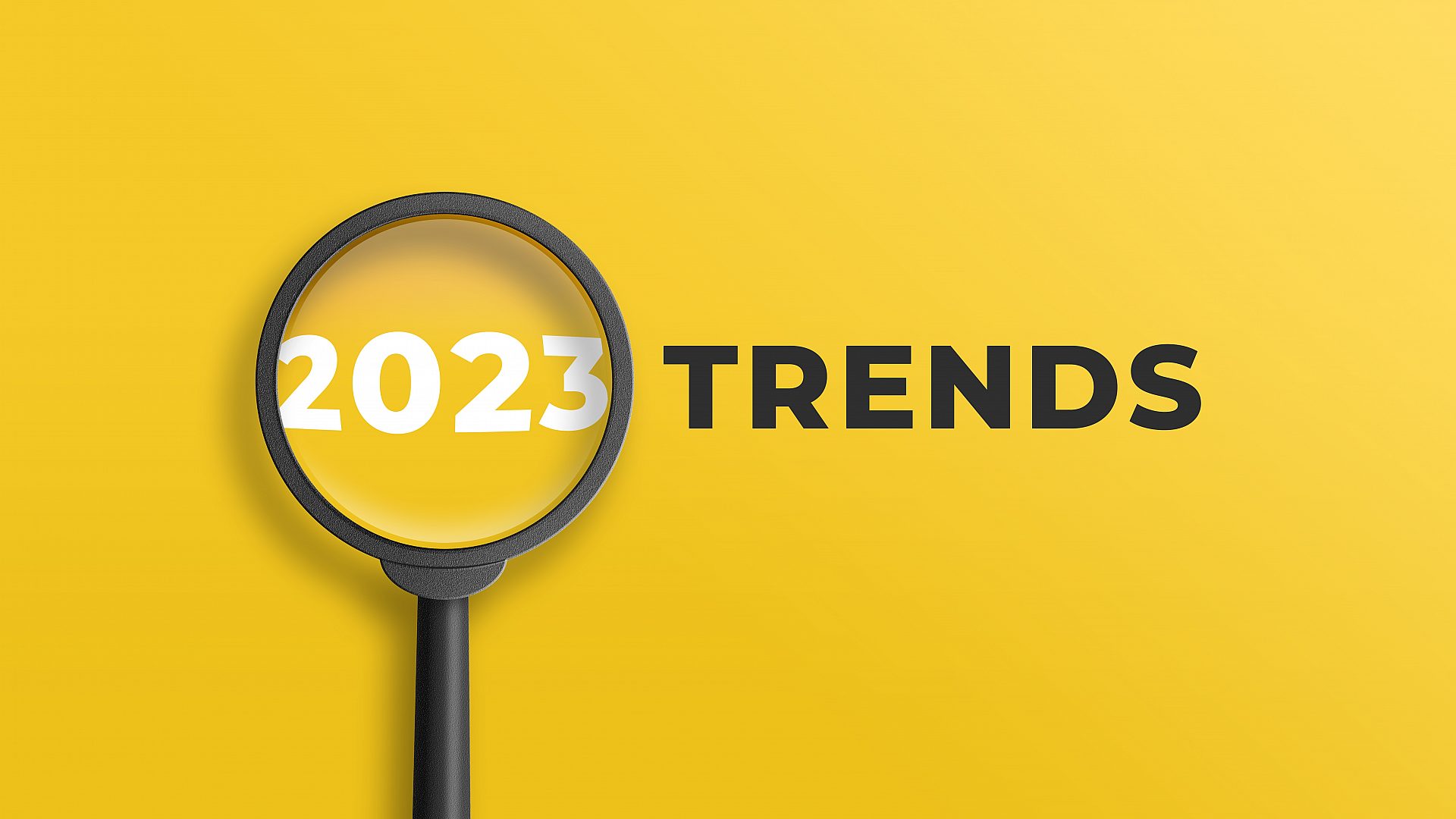We ended 2022 in a blaze of glory with the Lusail Stadium and its golden bowl illustrating perfectly how architecture can not only look spectacular, but also create an infrastructure and its own economic ecosystem for future events. Now well into the first quarter of 2023, what does the world of stadia look like and what trends do we see continuing in the industry?
As design professionals working in the world of stadia since 1965, having been instrumental in the first ever executive box at a football ground and having been involved in some of the most prestigious sporting venues across the world, we know what makes a good stadium. It is not just about the aesthetics but ensuring that the function performs as much as the form. Here are the AFL’s team’s thoughts on some of the key trends for 2023:
- Sustainability – less waste and more efficiency within builds Developments that have sustainability at their heart will continue to grow both in sporting events as well as in other areas of the built environment. Sourcing materials responsibly, including the transportation of those materials, is already a norm in many of our stadium’s designs as well as integrating renewable sources of energy including solar. Going forward we will see whole stadiums designed with AR and VR and printed with 3D technologies, reducing waste significantly as well as maximising efficiencies in both materials and labour.
- Social value – community at the heart of everything we do Understanding the impact of a development on communities continues to be integral to all of our designs and plans. 2023 will hopefully see the fulfilment of Wrexham FC where we have used inspiration from local heritage and its surrounding environment to produce a design inspirated from Wrexham’s coal mining industry. Likewise, our recent Aarhus competition entry was inspired by its environment and re-used and repurposed materials as a key element of the design. However, many of these projects go further than just reflecting their local heritage but bring a burst of economic activity to the area with procurement policies supporting local businesses and materials sourced locally where possible. For example, the Bonus Arena in Hull and the Swansea Arena in Copr Bay both play an essential part of the regeneration of their host cities.
- Mixed use venues – repurposing for leisure and sport Local authorities are now realising that existing space in town centres that previously was used for physical retail now has the potential to be repurposed. Some has been taken over by commercial space, with flexible pop-up offices accommodating those wanting pay-as-you-go space as well as collaborative workplaces close to train stations. However, there is a trend developing that is looking at town centre space as sporting and leisure venues. With agility key, these spaces tend to be in central locations that are easily accessed by public transport or have parking close by, to attract as many people as possible.
- Esports – the need for flexible smaller spaces A good example of this repurposing of existing space in town centres is the esports sector. With the increase in esports spectators wanting to watch live sports too, the merging of virtual and physical will continue in 2023. Flexibility to accommodate technologies like live streaming is essential and agile stage configurations are required to enable small teams to play against each other for gaming like FPS, RTS and MOBA genres, or large teams for Battle Royale type genres. Large screens also necessitate usage of robust rigging systems and spectator sightlines are key to maximise the potential audiences. Often events can last for days so concourses and breakout spaces must be set up and a bespoke hospitality experience is required and/or an exhibition or sponsor showcase area.
- Inclusivity and Diversity – stadia for all 2022 was the year that we really started to really understand the evolution of sporting audiences with the success of the Women’s World Cup showing how football and other sporting events have become less gender specific and how stadia need to reflect this. At AFL we have been designing stadiums with inclusive spaces with sensory rooms for neurodiverse fans and accessible seating and facilities for all including families and those with children.
In Conclusion
There is no doubt that spectator sports are firmly back on the table and with planning departments across the country. Understanding how we build responsibly, with the community at the heart of our plans and futureproofing our stadiums to bring legacy within these communities will be how we design for the future.

